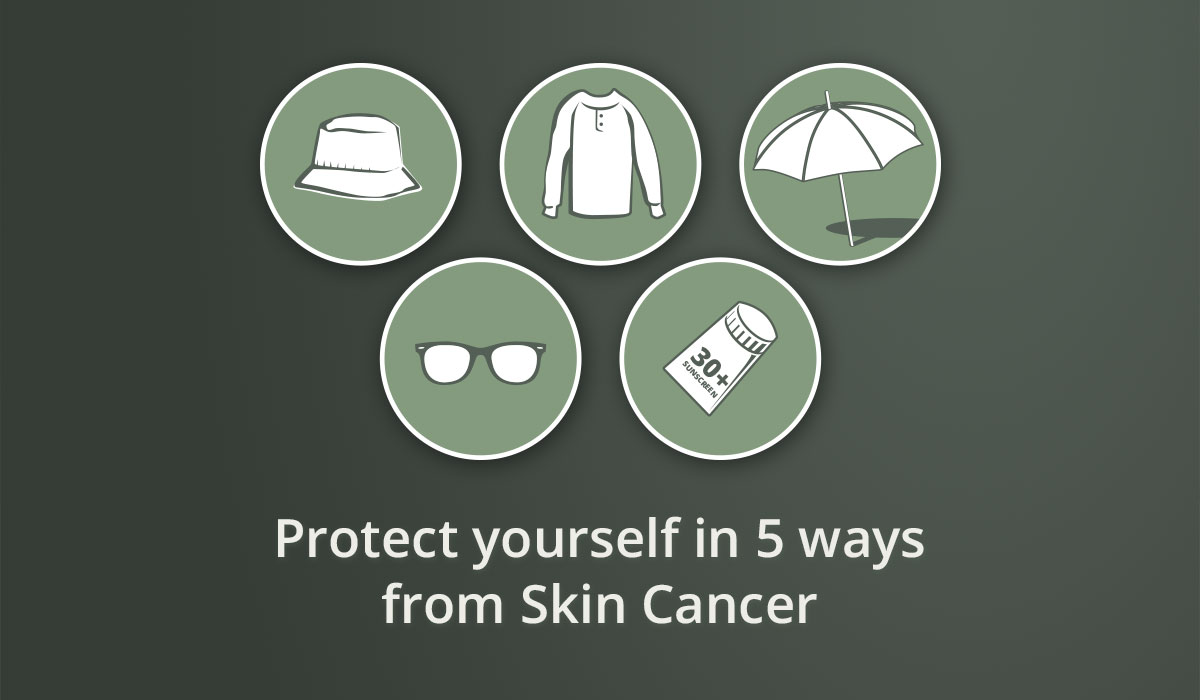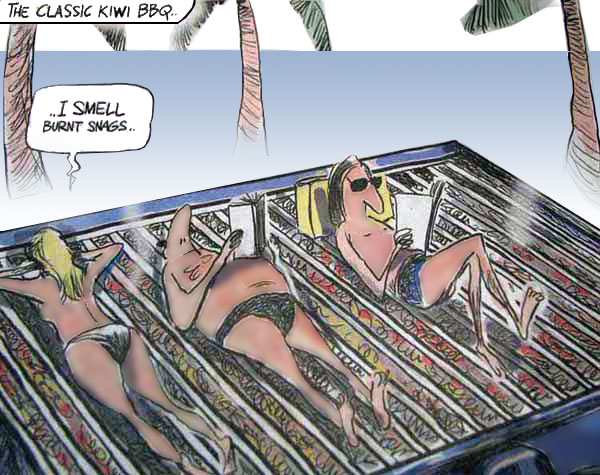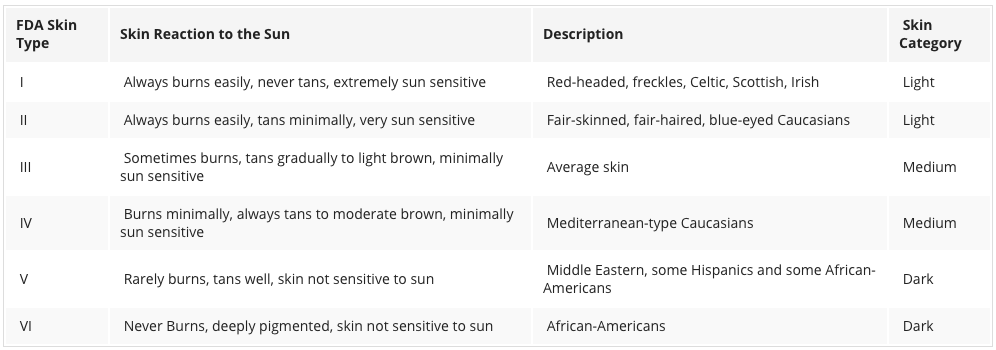The best way to prevent skin cancer is to protect your skin from the sun. Fair skinned/Anglo-Saxon/Celtic New Zealanders need to develop a lifestyle and/or strategies that minimise their total exposure to sunlight, especially during childhood and adolescence. Remember these fair skin types were not designed for our harsh sunlight.
The single most important issue to understand about protecting the skin from sun damage is that sunscreen lotions themselves should only be considered after the basic measures have been taken.
Avoid exposure during the hours from 10am-4pm. You can check the UV charts available on the local weather forecasts and in the newspaper.
Remember that reflection of UV radiation off surfaces especially water causes you to burn, even if you think you are protected, on the water you need to be especially vigilant of the protection you are wearing. Use sun shelters or shade whenever possible (e.g. trees, umbrella, buildings), and choose shade carefully.
Wear wide brimmed hats and protective shirts which cover the back of the neck. Choose clothing with closely woven fabric. Choose long sleeved cool shirts if you have to be out in the sun for long periods.
Protect your eyes with sunglasses that are protective against UV radiation.




